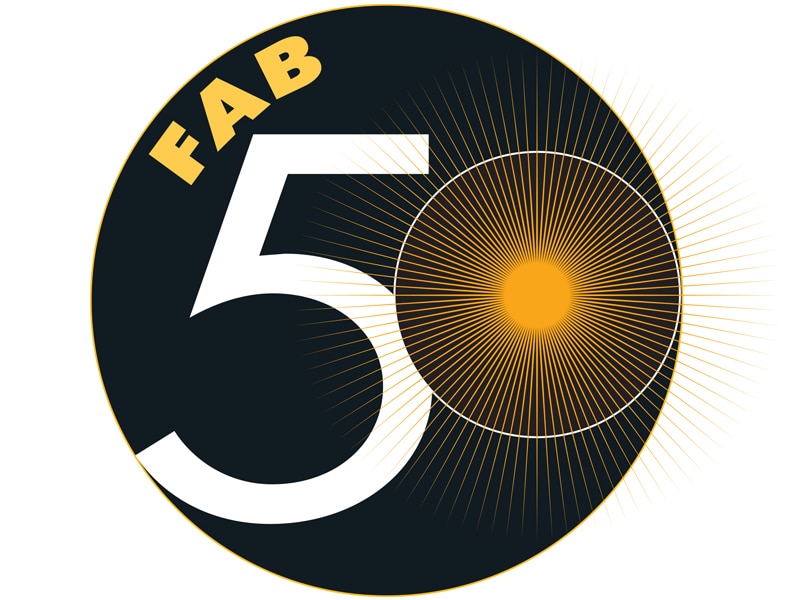China dominates Asia's Fab 50 list
India has the second highest number of companies on the list after China


The Asia-Pacific region often feels dominated by China. That’s certainly true when it comes to our annual list of the best big listed companies from Japan to Australia to India. Once again China grabs the most spots—a record 30 of the 50 companies hail from the mainland, up from 28 last year.
And once again, the corporate stars that shine the brightest are Tencent and Alibaba. The two Chinese internet giants boast vastly greater market capitalisations and enjoy far higher profits than any of the other companies on the list. Tencent’s net profit soared by 71 percent last year, to $10.6 billion, while Alibaba’s climbed by 49 percent, to $9.7 billion.
Click here for the FAB50 List
China’s hold on the list is squeezing out other countries. Only seven placed companies on the list 12 did in 2016. Taiwan has none for the first time since the Fab 50 started in 2005. But of the 17 companies joining the list for the first time, nine come from outside China.
Once again India puts the second-largest number of companies on the list—seven, down one from last year. Five Japanese outfits crack the lineup, the most since 2007. Three of them are newcomers, starting up only since 1997. Vietnam never had a company make the Fab 50 before 2016, but now it’s had three, including a newbie this year.
Capitalist churn means some companies can’t keep up. This year four regulars failed to make the cut: India’s HDFC Bank after a record 11 appearances, South Korea’s Naver after eight, and China’s Baidu and Great Wall Motor after six apiece.
To arrive at the Fab 50, we start with a pool of 1,744 publicly traded companies that have at least $2 billion in annual revenue and have been listed for at least a year. We then knock out companies that are losing money or whose revenue is less than it was five years ago. Next we toss out companies carrying long-term debt that’s equal to more than half their total capital, or that have more than 50 percent state ownership. The goal is to highlight well-run entrepreneurial outfits. Companies that are more than 50 percent-owned by listed parents are also culled. Finally we run the remaining contenders through a battery of more than a dozen financial measures. The goal is an honour roll of high-performing blue chips, the region’s best of the best.
(Reporting by Grace Chung, Rebecca Feng and Anuradha Raghunathan)
First Published: Sep 28, 2018, 11:53
Subscribe Now